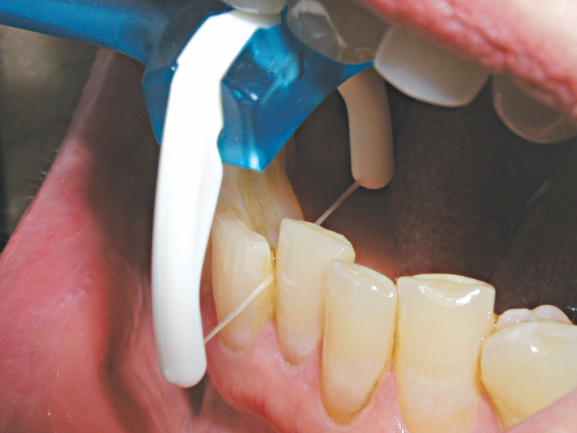Downs Syndrome
Source of information: “Dentistry guide for parents and carers of children with disabilities and health problems” of the Pediatric Dental Association of Cyprus
Oral characteristics
The main oral problem of children with Down syndrome is the increased risk of developing Gingivitis and Periodontal diseases. This due to the reduced immune defence and chemotaxis of the cells which are responsible for inflammation.
- The chances of having Dental cavities are lower than the general population
- In cases with muscle dystrophy, there are problems while mastication and increased salivation.
- Usually there is a delayed tooth erruption, congenitally missing teeth (ie, fewer teeth), microtodontia or dental hypoplasia.
- Serious stomatognathic problems are noted: Tall and narrow palate, openbite due to megaloglosia and/or tongue thrusting while swallowing.
Due to poor tongue placement (tongue protrusion), patients often have a strong gag reflex and get irritable with any contact in the oral cavity.
- Bruxism
- Mouth breathing. Mouth breathing causes openbite, ie. opening of the anterior teeth while in occlusion.
Openbite
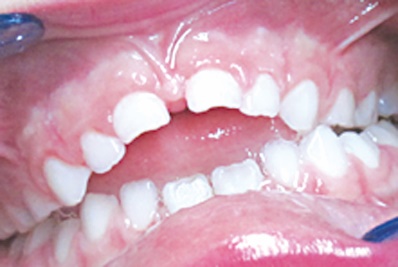
Cooping mechanism at the Dental clinic
- Treatment is often manageable in the Dental clinic especially if the first visit to the Dentist is done very early for PREVENTION.
- Inform the Dentist about the level of perception the child has.
- Morning appointments where the child is rested help the child co-operate better.
- Clean and short commands that are repeated
- Use the say-show-do method to familiarize the child with the Dentist.
- Developing trust between patient and Doctor. It is better to use the same room each time and the same staff in order for the environment to be familiar for the child.
- Reward good behavior both verbally and with a gift.
- Where the child’s perception allows it, various songs, music, narration of a story are used to draw the child’s attention from dental work while helping to increase his co-operation.
- If the medical history of the child allows it, the Nitrous Oxide mask can be used which helps the majority of children relax and is a great help in making the dental treatment possible. Also, Nitrous Oxide aids in reducing the gagging reflex, making Dental treatment miraculously possible where it would be considered impossible!
- Special protective sleeves are used for security purposes where needed.
- A Dental mouth dispenser, tongue presser, rubber isolator and surgical aspiration is used so that treatment can be safely performed and tolerable by the patient.
- General anaesthesia as a last option
- Some techniques are the same as those used in children with autistic characteristics (see Chapter Autism).
Nitrous Oxide Mask
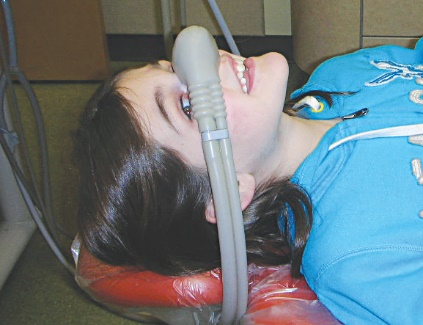
The cooperation of these children in the Dental clinic is relatively difficult but the Pediatric Dentist can successfully manage most of the cases depending on the degree of mental retardation and age of the child.
Unfortunately, as these patients grow older, they become uncooperative and stubborn, and if they are overweight, then their handling in the clinic becomes even more difficult. A nearly 50% of children with Down syndrome has Congenital Heart Disease with an increased risk of cardiac complications due to Dental infections. Sometimes you need prophylactic antibiotics prior to Dental treatment.
For these reasons and taking into account the Congenital Heart Disease, prevention is an urgent need for children with Down syndrome. That is why it would be best to bring the child to the Dentist around the age of one. This will almost certainly guarantee that it will not suffer from any caries, while the likelihood of Gingivitis and Periodontal disease and any complications in its heart will be greatly reduced.
Care at home
Appropriate position when brushing the teeth
If the child is on a wheelchair, stand or sit behind him and on the side. Control with your hand his head by holding him under his chin with light support on your body. Many times two people are needed to be able to brush the teeth of the child. One will hold the child’s hands and the other will brush the teeth.
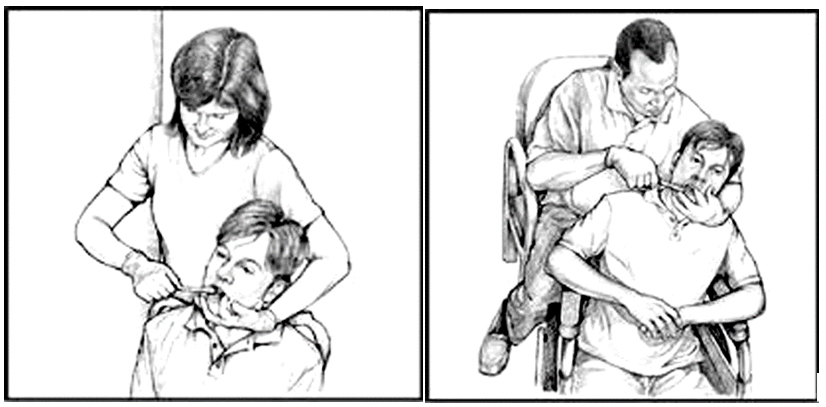
Best method to open the mouth
There are ways that you can open the child’s mouth and protect your hands from possible biting and the child itself.
Toothbrushes that are provided in the market
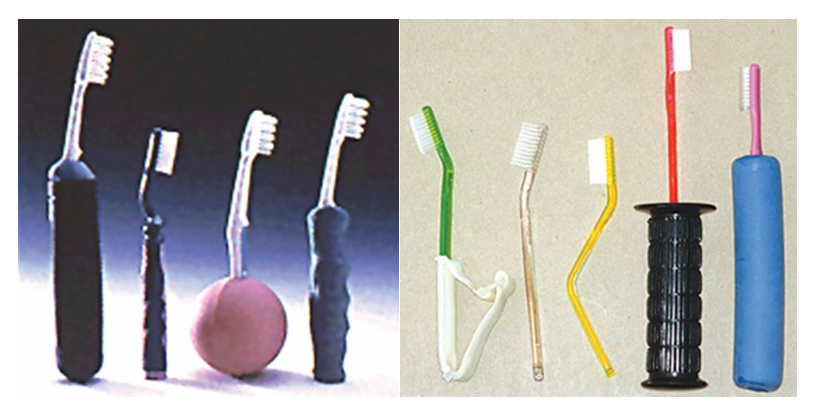
Mouth dispensers that are fabricated with a soft material for home use, which can better help in a safe opening of the mouth.

Use of Dental floss
In order to be able to clean the areas that the toothbrush cannot reach, you must use dental floss. There is a difficulty in the use of floss and it takes a lot of practice, but it will be very beneficial if it can be used. In cases where you cannot use traditional floss for your own protection (avoiding being bitten), there are a number of other products available in the market that can help you.
